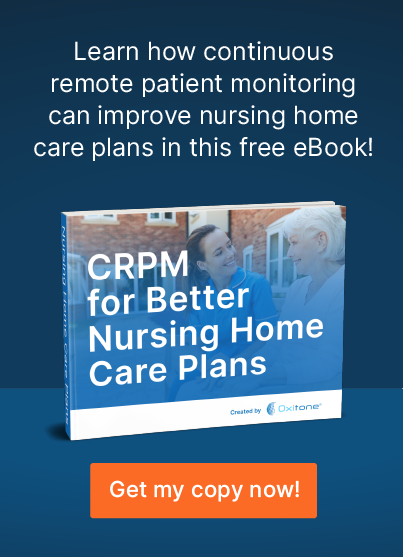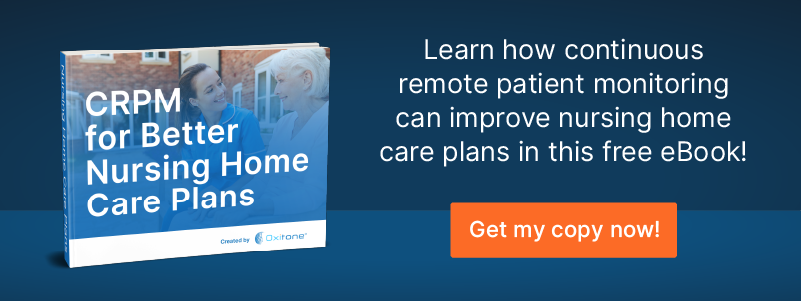Remote patient monitoring (RPM) systems have been around for a while, but the concept had limited clinical applications. The ongoing COVID-19 pandemic popularized it because limiting contact with infected patients is one of the only viable ways to protect everyone. An effective COVID-19 patient monitoring system can achieve that while ensuring the same level of care for a patient.
This article looks at how RPM helped the medical fraternity and patients deal with the pandemic and the steps that can be taken now to enhance it.
Remote patient monitoring and healthcare workers
Besides overwhelming doctors and healthcare staff, COVID-19 was also responsible for many casualties in the industry. In the first year alone, more than 3,600 healthcare professionals succumbed to COVID, and even more got infected. Ill healthcare workers could not perform, and this further strained the already exhausted healthcare system.
Efforts like remote monitoring, a COVID-19 patient monitoring system, and remote patient engagement enabled doctors to deal with patients from a safe distance without any exposure. Checking patients digitally and keeping a record of their key parameters also took less time than a regular consultation. This meant that doctors could focus more on priority cases and intervene only when required.
RPM and patients
The benefits of remote patient monitoring were not limited to doctors and the healthcare staff. Both regular and COVID-infected patients were able to manage their symptoms better because of RPM.
The main reason for remote monitoring for chronic patients was their vulnerability. COVID-19 can severely affect people with certain pre-existing medical conditions and may cause severe complications for them. There was a pressing need for a system that ensured the same level of care for chronic patients while limiting their exposure. Digital patient engagement achieved that flawlessly.
People suffering from COVID also found RPM as a blessing. Those who did not develop any serious complications were told to isolate themselves in their homes because of overwhelmed COVID wards and associated risks for the healthcare workers. However, those patients still needed attention because things could quickly go bad. A COVID-19 patient monitoring system using RPM allowed doctors to keep an eye on isolating patients and track their essential parameters, like blood oxygen levels and cardiovascular activity.
The role of continuous remote patient monitoring
While remote patient monitoring has numerous benefits for everyone involved, the system has severe limitations as well. Continuous remote patient monitoring (CRPM) is a viable and efficient alternative that can further enhance the positive impacts of RPM and reduce the constraints.
Let’s take a look at the benefits of CRPM over traditional RPM.
1. A single device for multi-parameter monitoring
Traditional RPM depends on a plethora of devices to give a complete picture to a doctor. Patients need an oximeter to check SpO2 levels, BP monitors for blood pressure, a thermometer for temperature history, and multiple other devices. Having to deal with all these would be inconvenient for the patient and may lead to erroneous readings due to human error during data entry.
CRPM systems usually use medical wearables to circumvent this issue. You can get an automatically generated picture of all essential health variables due to CRPM’s multi-parameter monitoring capabilities.
2. Better diagnostics
Many chronic conditions are curable in the initial stages. Even if that’s not the case, early detection always leads to better treatment and ultimately, a better life for the patient. In the initial stages of any disease, the most affected parameters will often show a sudden drop or spike, which is hard to register with spot-checking. The chances of the patient checking at exactly the right moment are slim.
CRPM, however, is different. Everything from the slightest spike to the steepest drop in a patient’s condition gets registered and delivered to their primary doctor. According to the situation, the doctor can carefully recognize trends and recommend specific tests to get ahead of the problem.
3. Improved compliance
Many doctors struggle to get their patients to comply with the given medicine or tests. For instance, many people fail to test their blood sugar levels regularly and keep a chart of their readings. Knowing these trends can help doctors prescribe better treatments, but it’s challenging to ensure compliance in many communities.
While CRPM can only send reminders to patients for taking their medicines, it can still play a huge role in healthcare monitoring. Instead of relying on their patients’ compliance and honesty, many healthcare professionals favor the CRPM model that eliminates non-compliance in healthcare testing. It sends the complete picture to the doctors and other healthcare professionals, who can then recommend treatments according to the situation.
4. Higher quality of life
Another advantage of CRPM over RPM deals with the mental health of the patient. It is difficult to quantify, but positive thinking and outlook can directly impact any patient’s condition. Regularly hooking patients up to different machines to check their parameters can prove detrimental to their mental health.
CRPM reduces that feeling of dependency by replacing all those monitoring machines with a single wearable device. Often, these devices do not hinder patient’s daily activity and quietly perform their job. For instance, the Oxitone 1000M is a wearable medical device that looks exactly like a wristwatch and continuously monitors several vital parameters.
CRPM is also effective for paramedical staff because it can automatically and immediately notify them, rather than someone calling to explain everything to the operator on the other end.
Final thoughts: Enhancing RPM through a continuous approach
COVID-19 showed us how important remote patient monitoring systems are for healthcare. Without an effective COVID-19 patient monitoring system, things could have been much worse from a management perspective. However, RPM has inherent drawbacks.
CRPM is the next step for the healthcare industry because it enhances the advantages of RPM and takes care of most of its drawbacks. The market for advanced medical technologies continues to grow at a rapid pace. Modern treatments rely on AI, machine learning, and data analytics to enhance personalized care and reduce overall costs.
Here at Oxitone, we boost value-based healthcare by delivering extraordinary patient, clinical, and economical outcomes at reduced medical utilization and cost. Patients need a prompt response to emergencies. Physicians need an easy and timely follow-up with patients. Our mission is to transform chronic disease management and help save lives worldwide.
Let’s save lives together! To see how we help remote patient monitoring companies and physicians improve the management and care of high-risk patients, contact us today!


